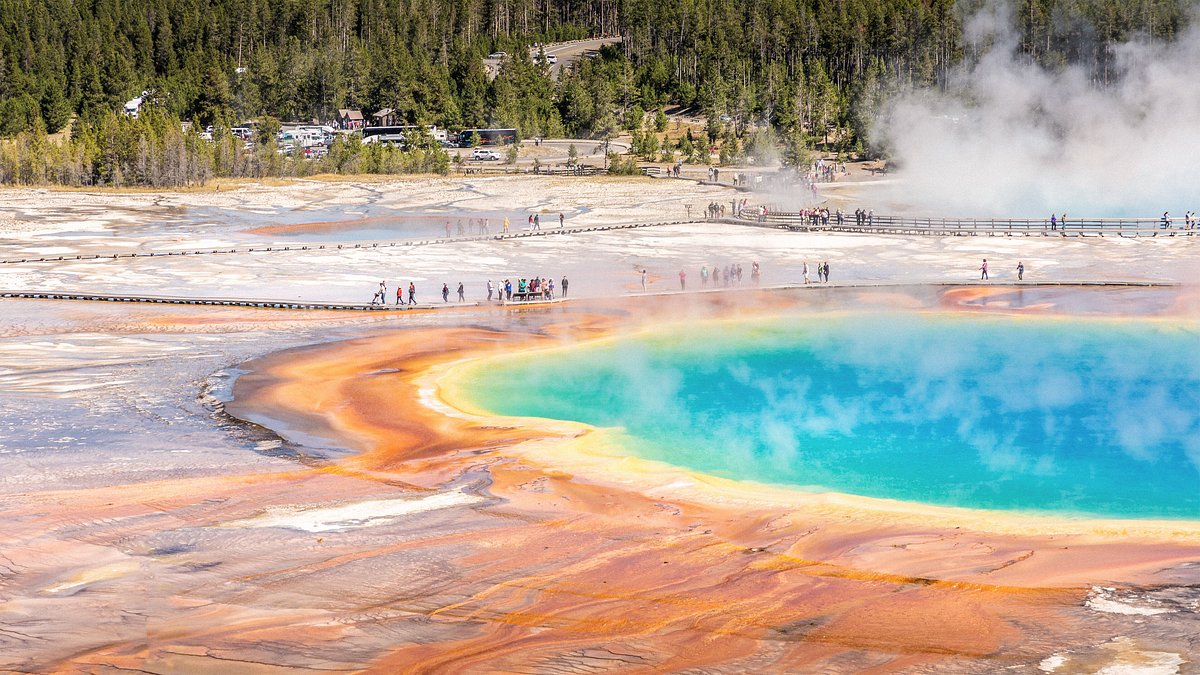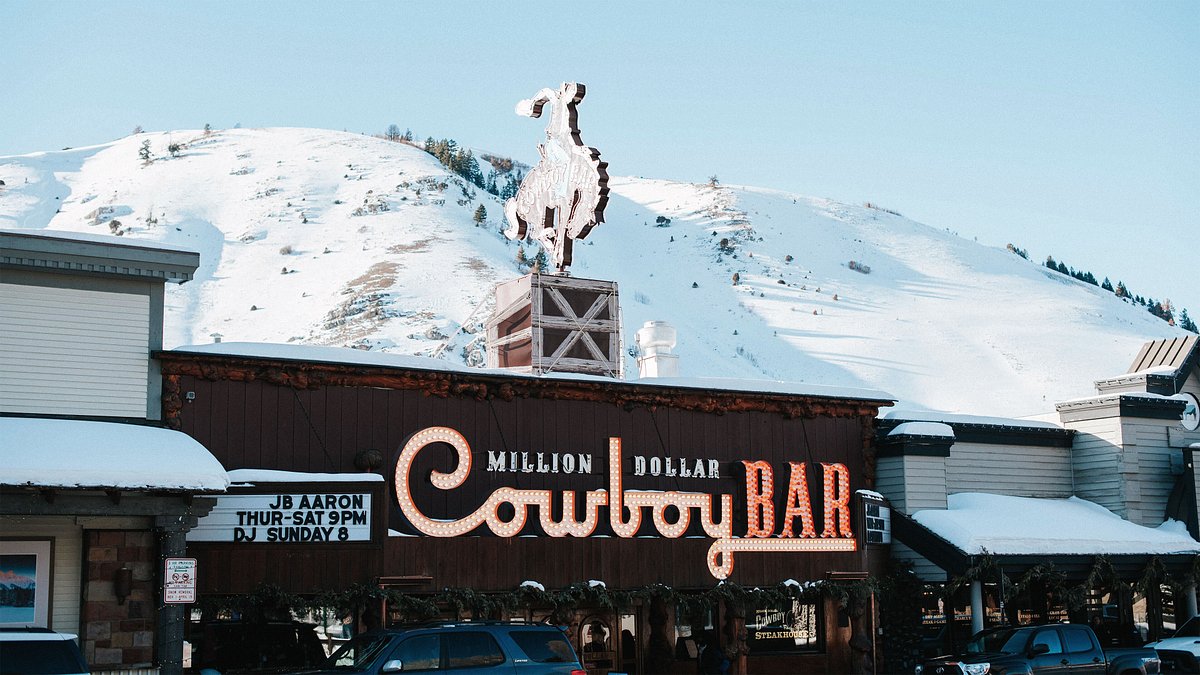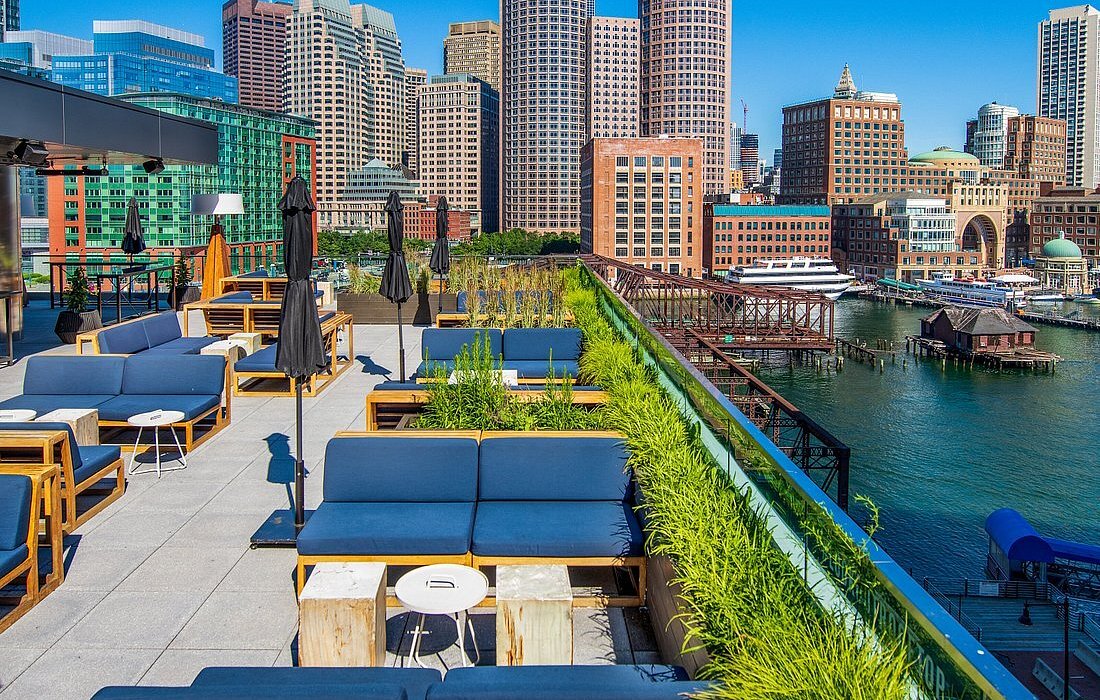This island serves serious variety—and plenty of beaches.
To some, it’s a glittering Mediterranean gem scattered with dreamy coves and sleepy villages. To others, an overcrowded party resort infamous for bacchanalian excess. Before moving from London to Majorca, I must admit I wasn’t exactly sure which I’d find. But after almost a decade of calling it my home—and exploring practically every corner—I’ve discovered this isle offers up so much more than either.
Majorca is undeniably blessed with natural beauty, whether it’s the majestically rugged northern mountains, its central plains patchworked with vineyards and olive groves, or the seemingly endless coastline. But add a buzzy cosmopolitan capital, a vibrant island culture, and a surprising diversity, and this Balearic Island constantly proves itself above and beyond simple definition.
Here, some of the island’s can’t-miss areas, decoded.
Palma and surroundings
While most visitors to Majorca still tend to hop directly from the airport to their respective beach resort, savvier travelers are scheduling at least a couple of days of their stay in the island’s capital.
It’s a city best explored on foot, wandering ancient labyrinthine lanes or strolling to balmy beachfront bars to sip chilled vermouth as the sun sets. Top of any visitor’s itinerary is Palma Cathedral, also known as La Seu. This soaring gothic church was four centuries in the making and cuts an impressive figure looking out over the seafront. Visit before noon on a sunny day to see the huge stained glass windows at their most resplendent. And any walking tour of the city should also include a stop at Sa Llotja, a church-like medieval mercantile exchange, contrasted with a visit to Palma’s colorful, cacophonous main market: Mercat de L’Olivar. A stroll along the seafront promenade takes you to Portitxol, a former fishermen’s village and now trendy Palma neighborhood filled with sea-view restaurants. For spectacular cityscape vistas, one of my favorite vantage points is from the aptly named Bellver (“beautiful view”) castle.
Venturing outside the capital, sand-seekers can find a fine pick of excellent urban beaches and resorts. The closest is Cala Major, a big sweep of sand with a couple of beachfront eateries. Further west are the beautiful twin coves of Illetes and Comtesa, the former featuring two beach clubs, Balneario Illetas and the swankier Purobeach Illetas.
Tip: From May to October the Palma cathedral’s upper terraces and bell tower can be explored as part of an hour-long guided tour. Be aware that it’s over 200 steps to the top.
Where to eat: Despite its relatively diminutive size, the dining scene in Palma can go toe to toe with the best of them. One big hitter is DINS by local rockstar chef Santi Taura, who has elevated island flavors to Michelin-star heights. Another high-end option is Fera, where Mediterranean and Asian cuisines are artfully blended. A little easier on your wallet is FaBrick with its super-seasonal menu that draws heavily from Santa Catalina Market just steps away—it’s also a great place to rub shoulders with locals.
Hotel pick: The number of luxe-level boutique hotels has exploded in Palma since I arrived here, and each has its unique charm. Just one, however, has bay vistas from a fabulous infinity pool terrace—El Llorenc Parc de la Mar. The push-button service and generous daybeds add to the glitzy beach club vibe. Note: Palma doesn’t really do budget, but Brick Palma does good-value industrial chic in hip Sa Gerreria.
Sóller and the Port de Sóller

Taking a day trip from Palma to Sóller in an antique wooden train’s leather-seated carriages has become a must for visitors to Majorca. In recent years, however, the coastal basin of Sóller has transformed into a vacation hotspot in its own right. (Before the railway opened in 1912, Sóller was practically cut off except by sea.) Today, it continues to feel secluded, attracting a community of bohemian expats to its impossibly picturesque town and citrus-rich valley.
It’s a joy just strolling Sóller’s cobbled, tree-lined streets. Head to buzzy Plaza de la Constitución and sip cortados under Sant Bartomeu Church’s Gaudi-esque facade. Listen for the ding-ding of the approaching vintage trams (inaugurated a year after the train) that’ll take you down to the neighboring Port de Sóller. With a horseshoe bay and sweeping sandy beach, it’s no surprise the summer crowds are attracted to this scenic port. Tons of restaurants and cafes spill out onto the beachfront promenade, while at one end the bustling marina offers boat charters to explore the hidden coves tucked among the Tramuntana Sierra’s soaring cliffs.
Where to eat: There’s a cluster of decent dining options around Sóller town’s main square, but it’s worth the block’s walk away to Restaurant Luna 36. Housed in a former chocolate factory, the Med-meets-Asian menu draws from locally sourced seafood and citrus. Another nearby local favorite is Casa Álvaro with a menu of Spanish fare such as crispy oxtail croquetas and garlicky prawns. For bayside dining, head to Patiki Beach, which serves fresh, colorful sharing plates.
Hotel pick: Set on one of Sóller’s leafiest streets, Hotel L’Avenida is a picture-perfect example of the town’s French Art Nouveau meets Catalan Modernism architecture. (Plus, there’s a sunny garden pool whose proportions outsize the hotel’s boutique status.) For a steps-from-the-beach stay, Esplendido Hotel is a well-established favorite thanks to its Scandi-chic aesthetics and top-notch amenities.
Pollenca Region

Occupying the most northeasterly corner of the island, with a mountain-ridged peninsula and one of the island’s most charming medieval towns, Pollenca’s allure is inescapable. Most sunseekers will head directly to Port de Pollenca, once home to a few fishing boats and today an unassuming holiday resort beloved by the British. But for me, this is the area to be active, thanks to an extensive network of trails and some seriously swoony scenery that make this region ready-made for exploring on foot. One of my preferred paths connects directly from the port and runs through Boquer Valley to a secluded pebble beach and is home to (occasionally overfamiliar) wild goats.
For spectacular views, you need to brave the hairpin turns up to the El Colomer Viewpoint on the Formentor peninsula. From here, it’s a pretty drive (or cycle, if you have the muscle for it) through scented pine forests to one of my favorite beaches on the island—Playa de Formentor. Squint and you could be in the tropics.
Tip: The road to Formentor is closed to cars over the summer months, so best to jump on a ferry from the port or charter your own boat at the marina.
Where to eat: Just off the beachfront promenade, the opening of Terrae immediately raised the bar for Port de Pollenca’s dining scene. The menu draws on local and foraged ingredients to craft surprisingly sophisticated flavors. For a more casual bite, Ca Les Monges combines an all-day, budget-friendly menu with marina views. And if you’re padding around Pollenca town looking for a meal, I can attest Celler el Molί offers hearty Majorcan cooking and a great-value menú del día.
Hotel pick: Ever since first passing along its vineyard- and lavender-lined driveway, I’ve had a soft spot for Son Brull Hotel. Once an 18th-century monastery, a renovation added a chic teak-wood spa, a huge infinity pool, and some of the area’s finest dining. A swish stay of a very different kind can be found at El Vicenc De La Mar—a super-smart, contemporary five-star with a prime position overlooking the Cala Sant Vicenç. Budget-conscious visitors will find a great deal at L’Hostal, offering simple comfort smack dab in the center of Pollenca town.
Santanyi Region

Largely free from busy resorts, the southern coast around Santanyi is one of Majorca’s more serene corners. The golden-stone town itself is the very definition of sleepy, though it bursts into life every Wednesday and Saturday for its popular street markets. Although under an hour’s drive from the island’s airport, its remoteness continues to attract artsy outsiders, evidenced by the town’s boutique galleries and workshops. Art enthusiasts should seek out the wonderful sculpture “Caballos” by German artist Rolf Schaffner, hidden next to the first roundabout just west of town.
Its rather special coastline, however, is why most choose to venture to this side of Majorca. A geographical quirk has produced a string of long narrow coves filled with powder-fine sand and turquoise waters. Cala Llombards is one of the best examples and has the bonus of a great chiringuito (beach shack restaurant) in the hotter months. Neighboring Caló del Moro matches in swoon-factor, though access is a little trickier and sand-space scarcer. For broader stretches of sand, head to the twin beaches of S’Amarador or Cala Mondragó, which are still among the island’s prettiest but with less crowding.
Tip: We’d recommend hiring a car from the airport to best explore this relatively remote corner of the island—and discover all its lovely coves. Be sure to arrive at your preferred beach early over the summer season as parking wherever you go fills up fast.
Where to eat: The tiny fishing village of Portopetro makes a lovely spot to enjoy a lingering lunch. Stop by El Baúl, which offers consistently top-notch, barbecue-forward cooking from its harbor-view rooftop terrace. And, set on the outskirts of Santanyi town, you’re unlikely to stumble across Retroway by accident. The walk here, however, is more than worth the effort for its all-day menu of colorful, tasty, and (mostly) healthy fare.
Hotel pick: Largely credited with putting Santanyi on the map, Can Ferrereta instantly drew praise from travel tastemakers around the world. And this immaculately revamped 17th-century townhouse deserves it, from its pool terrace to its impeccably executed service. Alternatively, there are plenty of more wallet-friendly stays in the resort town of Cala d’Or. Eques Petit Resort offers particularly good bang for your buck, with manicured gardens, a long pool, and whitewashed Ibiza-style lodgings.




